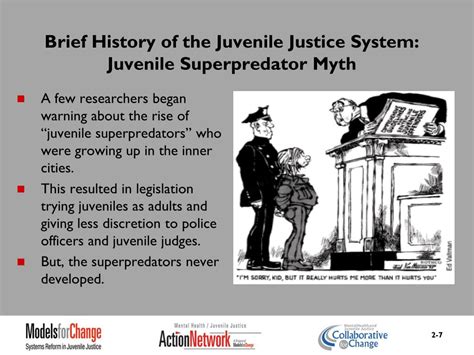Common Myths about Juvenile Detention: Separating Fact from Fiction
Juvenile detention centers often evoke strong reactions, fueled by misconceptions and a lack of understanding. This article aims to debunk common myths surrounding these facilities, providing a clearer picture of their role in the justice system and the lives of young people involved. Understanding the reality is crucial for fostering informed discussions about juvenile justice reform and creating more effective, humane approaches to youth rehabilitation.
Myth 1: Juvenile Detention is Just a "Baby Jail"
This is perhaps the most pervasive myth. While juvenile detention centers do involve confinement, their purpose differs significantly from adult prisons. The focus is on rehabilitation and reform, not simply punishment. Programs within these facilities often include educational opportunities, vocational training, counseling, and substance abuse treatment. The goal is to equip young people with the tools they need to reintegrate into society successfully, avoiding future criminal activity. While confinement is a necessary component in certain cases, it’s a means to an end, not the primary objective.
Myth 2: All Juveniles in Detention are Violent Offenders
This is a dangerous oversimplification. Many young people in detention are there for non-violent offenses such as truancy, status offenses (like running away from home), or minor property crimes. The severity of offenses varies greatly, and generalizing the population as solely comprised of violent criminals ignores the diverse range of circumstances that lead youth into the justice system. Focusing on this myth ignores the underlying systemic issues that contribute to juvenile delinquency, such as poverty, lack of access to resources, and trauma.
3. Myth 3: Juvenile Detention is a Guaranteed Path to a Life of Crime
This is a harmful and untrue statement. While the experience of detention can have negative consequences, it doesn't automatically condemn a young person to a life of crime. Many individuals who have been through the juvenile justice system successfully reintegrate into society and lead productive lives. The effectiveness of rehabilitation programs and support systems after release are crucial factors determining long-term outcomes. The success rate depends heavily on access to resources like continued education, mental health support, and job opportunities following their release.
Myth 4: Conditions in Juvenile Detention are Always Brutal and Inhumane
While some facilities have faced criticism regarding conditions, it's inaccurate to assume all juvenile detention centers are inherently brutal and inhumane. Standards vary significantly depending on location and funding. Many facilities strive to provide safe and humane environments, incorporating elements of positive youth development into their programs. However, there's a constant need for monitoring and improvements to ensure all facilities meet appropriate standards of care and treatment, focusing on the rehabilitation and not just the confinement of the youth.
Myth 5: Juvenile Detention is the Only Option
This is false. A range of alternatives exists, including community-based programs, restorative justice initiatives, and family support services. The decision to place a young person in detention should be made only after careful consideration of all available options, prioritizing less restrictive measures whenever possible. This approach recognizes that detention should be used as a last resort, and emphasizes the importance of early intervention and community-based solutions.
Conclusion: Moving Towards a More Informed Understanding
Challenging these myths is essential to fostering a more informed and compassionate approach to juvenile justice. By understanding the realities of juvenile detention and the diverse needs of young people involved, we can work towards creating a system that prioritizes rehabilitation, restorative justice, and successful reintegration into society. This requires a commitment to transparency, accountability, and ongoing reform efforts. Only then can we truly support young people in breaking cycles of delinquency and building positive futures.

